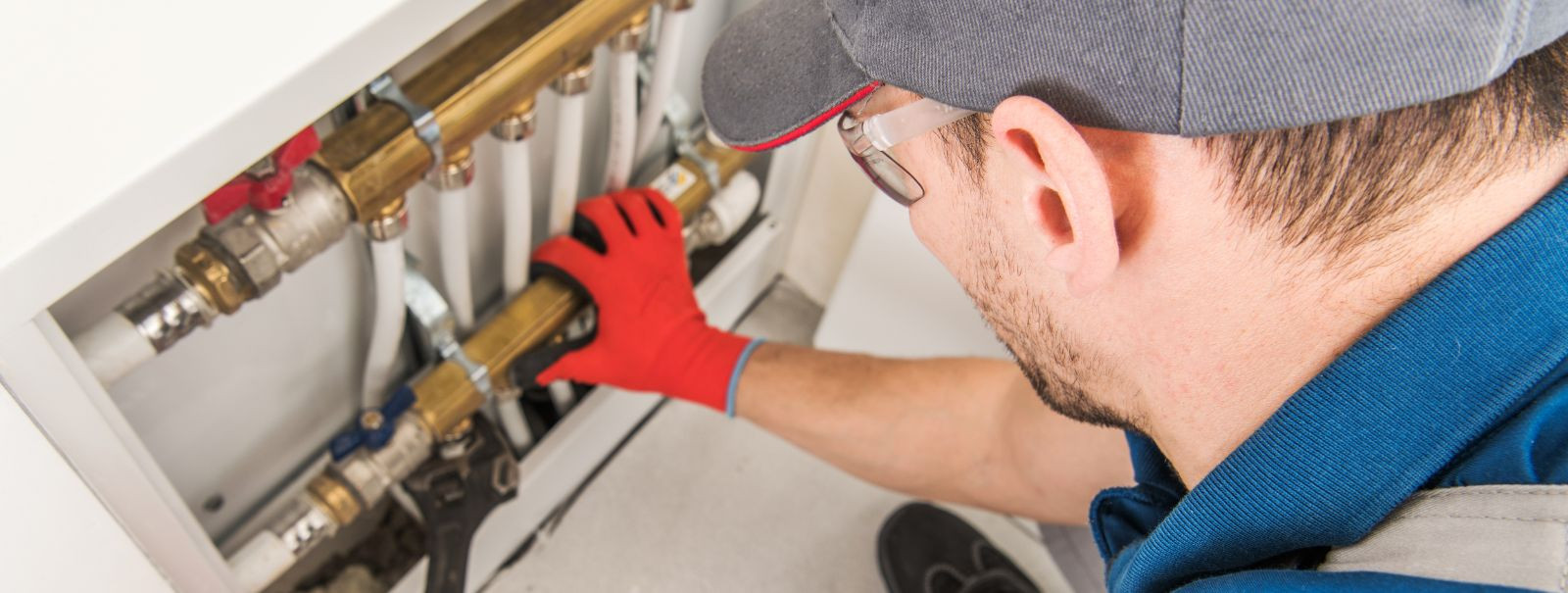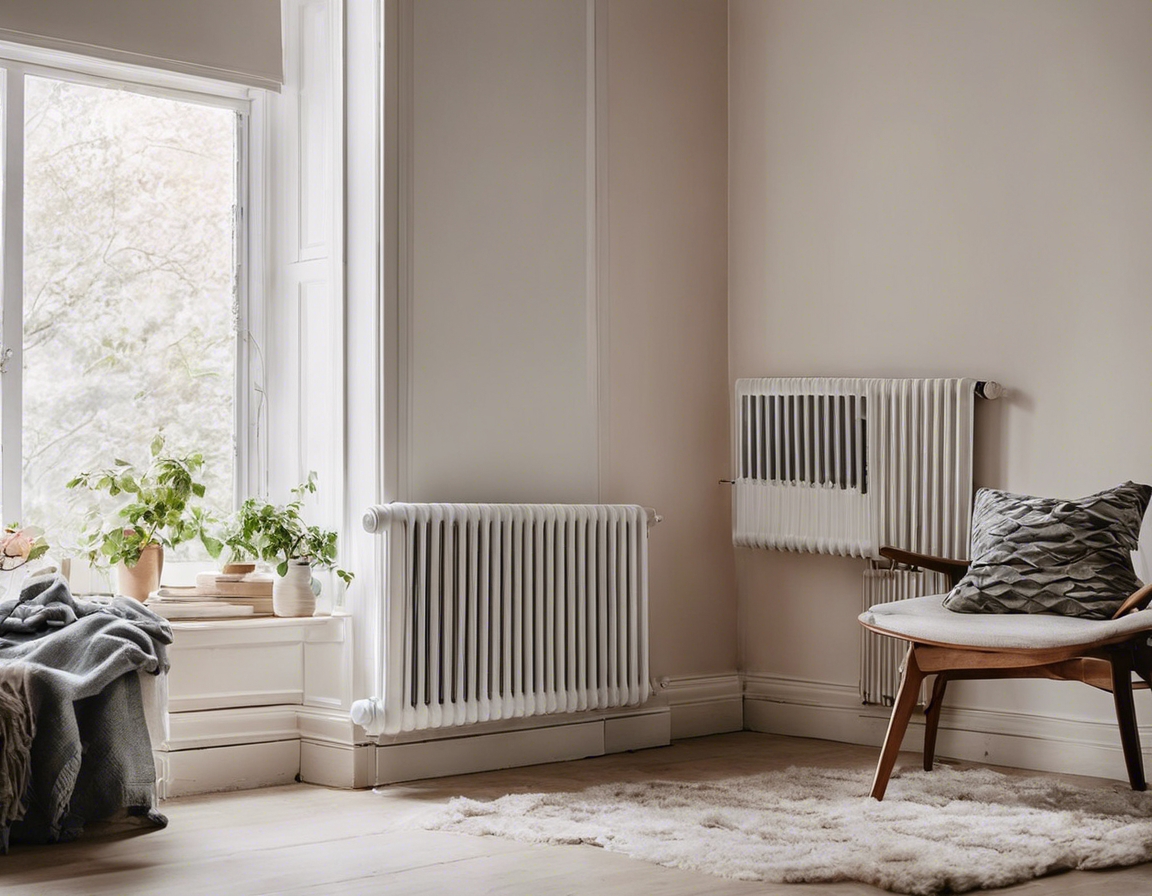Maximizing water efficiency in your home
Water efficiency is about using less water to achieve the same level of activity and comfort in your home. It involves both installing water-saving devices and adopting water-conserving practices. By maximizing water efficiency, homeowners can reduce their environmental footprint, save on utility bills, and contribute to the sustainability of water resources.
Water is a finite resource, and with the growing concerns of climate change and population growth, conserving water has never been more critical. Efficient water use helps maintain the supply of fresh water for future generations, reduces the energy required for water heating, and minimizes the strain on sewage and stormwater systems.
Assessing Your Home's Water Use
A water audit is a detailed analysis of your home's water use. It helps identify areas where you can save water and can be done by a professional or as a DIY project. The audit involves checking for leaks, monitoring how much water is used for different activities, and understanding the flow rates of fixtures.
Common areas of high water use include bathrooms, kitchens, and outdoor spaces. By focusing on these areas, homeowners can target their efforts to achieve significant water savings.
Strategies for Water Efficiency
Leaks are often the culprits of water waste in homes. A single drip per second can waste more than 3,000 gallons of water per year. Regularly checking and repairing leaks in faucets, showerheads, and pipes is a simple yet effective step towards water efficiency.
Modern water-efficient fixtures, such as low-flow toilets and showerheads, can significantly reduce water consumption without sacrificing performance. These fixtures are designed to use less water while providing the same utility as their traditional counterparts.
Smart water management systems can automate water savings by monitoring and controlling the water use in your home. These systems can detect leaks, adjust flow rates, and even tailor watering schedules for gardens based on weather forecasts.
Xeriscaping, or water-efficient landscaping, involves designing outdoor spaces to minimize water use. It includes choosing drought-resistant plants, optimizing irrigation systems, and using mulches to reduce evaporation.
Behavioral Changes for Water Conservation
Simple changes in daily habits can lead to substantial water savings. These include turning off the tap while brushing teeth, taking shorter showers, and only running dishwashers and washing machines with full loads.
Water conservation is a team effort. Encouraging all family members to participate in water-saving practices can amplify the impact of individual efforts.
Advanced Water-Saving Technologies
Investing in high-efficiency appliances such as washing machines and dishwashers can reduce water use by up to 50%. These appliances are engineered to use less water and energy while maintaining performance.
Greywater systems reuse water from showers, sinks, and washing machines for irrigation and flushing toilets. Rainwater harvesting captures and stores rainwater for outdoor use. Both systems can significantly cut down on potable water use.
Heat recovery systems for water heating can reuse the heat from used water to preheat incoming cold water, reducing the energy needed to heat water and thus conserving both water and energy.






Comments (0)